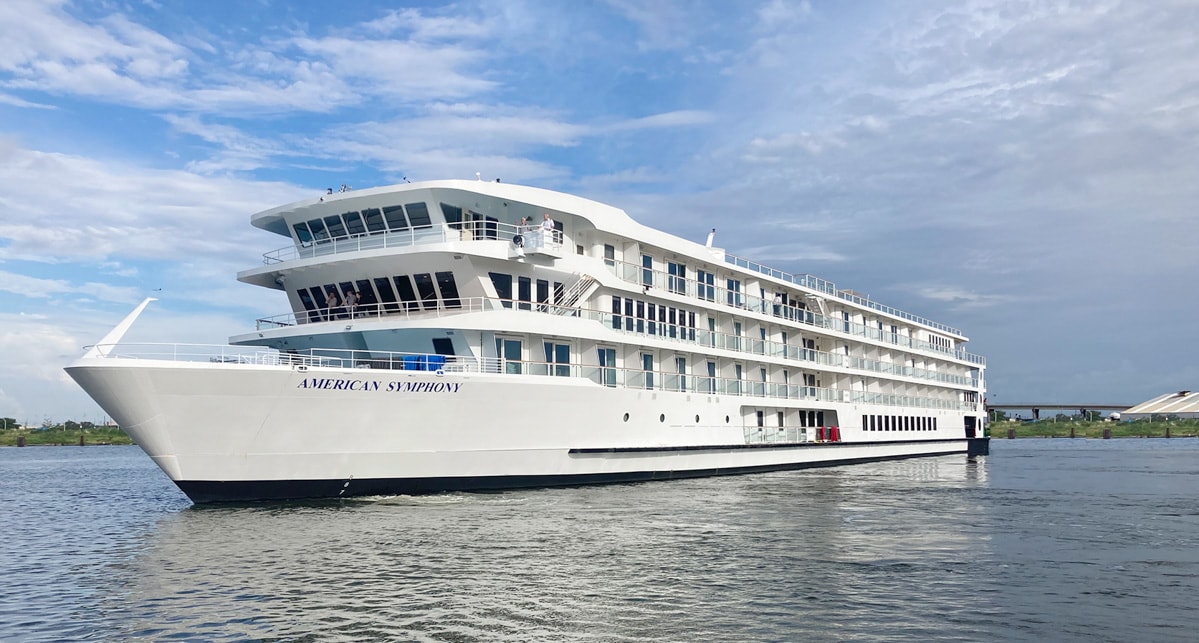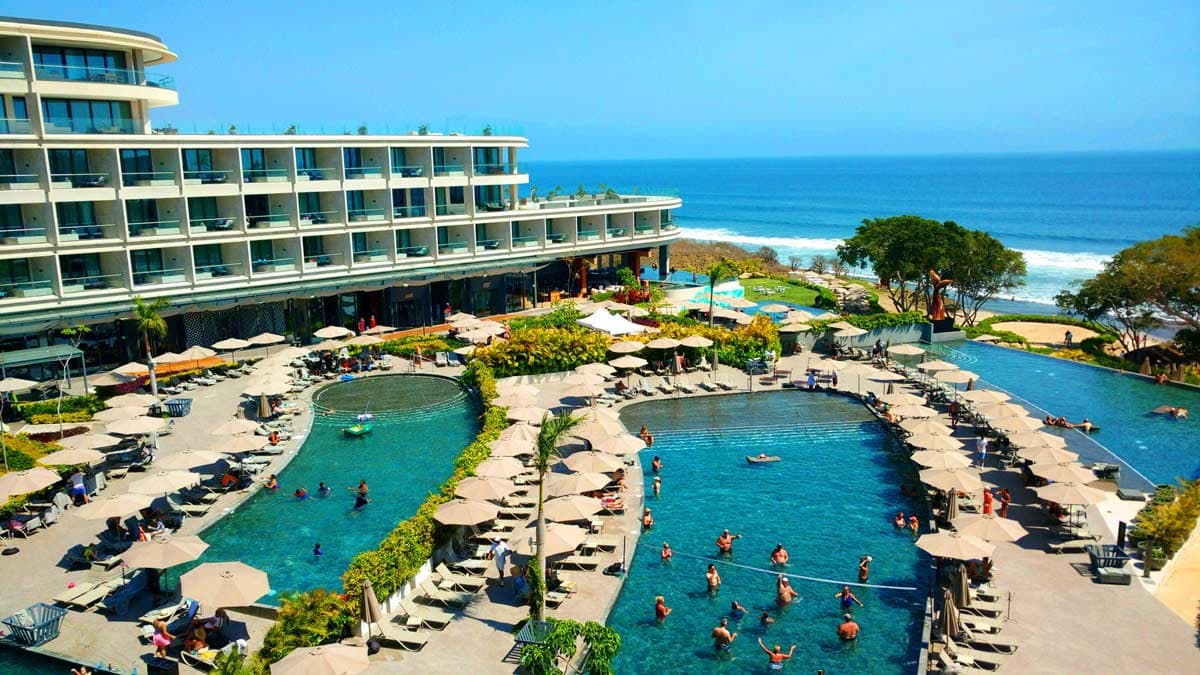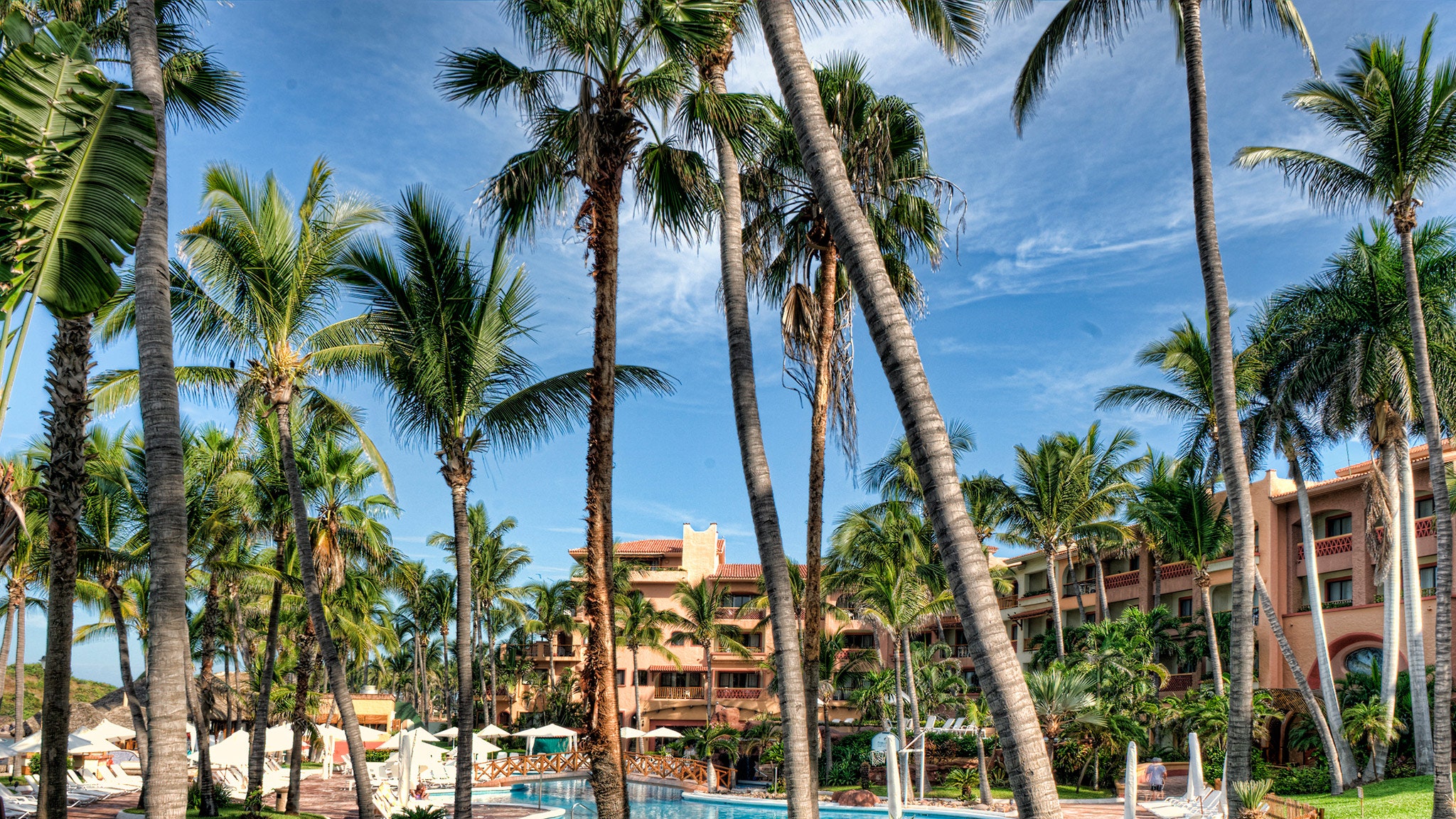Our room rivaled those in many an upscale hotel. The food and table settings were five-star. The list of activities in our temporary home-away-from-home covered a diversity of interests.
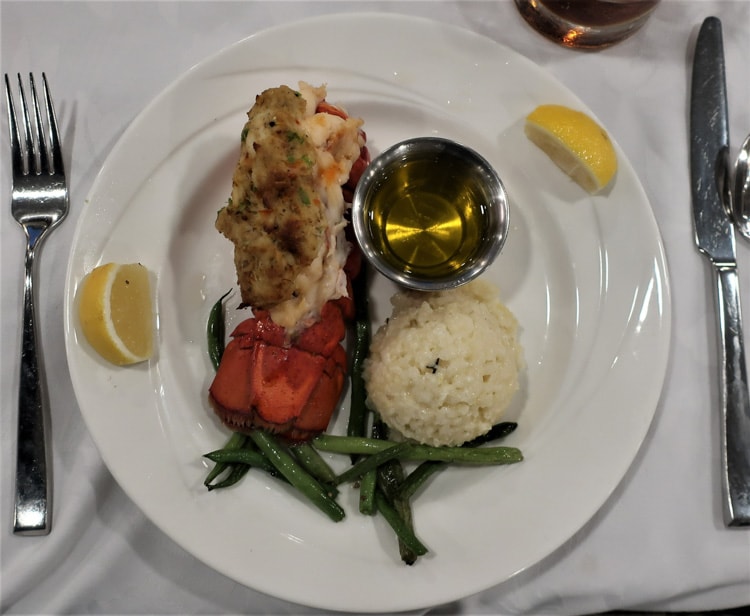
Meals rival those in five-star restaurants.
There also were opportunities to explore inviting towns that provided deep dives into Civil War and other history and visit magnificent anti-bellum plantations. Adding to the allure of our Lower Mississippi River Cruise was the chance to explore museums that bring to life prehistoric times, Native American and African American stories, and numerous aspects of life in that corner of the country.
My wife Fyllis and I were enjoying one of more than 50 small ship itineraries offered by American Cruise Lines, which ply rivers and other waters through 35 states in vessels that hold between 90 and 180 passengers. They combine facilities, amenities and activities comparable to those available on mega-cruisers with the intimacy of a smaller setting and fewer people.
ACTIVITIES ON BOARD ARE NOT BORING
Even if we had been confined to the ship, Fyllis and I could have found diversions enough to fill many an hour. Speakers led enlightening discussions. The complimentary evening cocktail hour, nightly entertainment and other offerings compete with the appeal of enjoying the comforts of the expansive staterooms.
After spending time on our stateroom deck watching the river, and tow boats moving long lines of barges, we were enthralled by opportunities to set our feet on land and explore the historic and other gems at towns along our route.
VICKSBURG: BRICK STREETS AND CIVIL WAR LORE
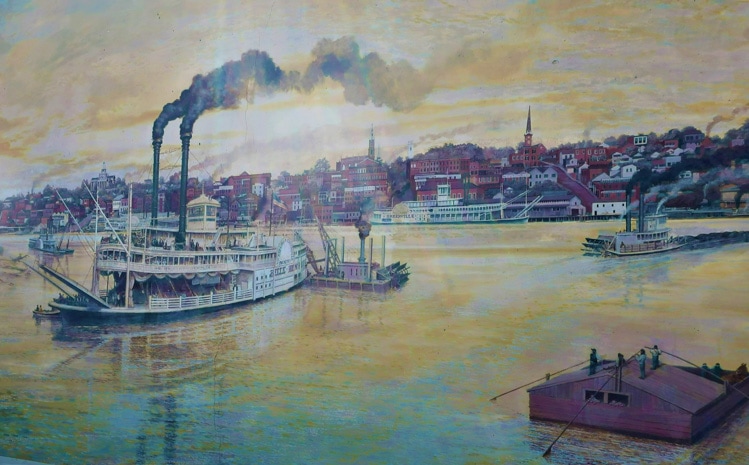
The brick streets of Vicksburg, Mississippi lead to a Civil War Museum, Vicksburg Military Park and other highlights. We were equally enthralled by a home that served as a hospital during the Civil War, with Union and Confederate soldiers separated on different floors. Large wall murals along the waterfront depict various stories from the town’s past.
The next stop in Mississippi was Natchez, which was established by French colonists in 1716 and became part of the United States in 1783. Planters used slave labor to grow cotton and sugarcane and built expansive mansions to demonstrate their wealth. Many of these stately homes survive to relate part of this story, while the Natchez Museum of African American History and Culture tells another side.
HISTORY-RICH SITES IN BATON ROUGE
Baton Rouge has a number of interesting stories to relate, beginning with the derivation of its name. In 1698, French explorers sailing up the Mississippi River spotted a red pole along the shoreline. After learning that it marked the boundary between the hunting grounds of two Native American tribes, they called it le baton rouge (the red stick) – and the name stuck.
The town was ruled by seven different governments before becoming the second largest city in Louisiana and, in 1846, being designated the state capital to replace “sinful” New Orleans. Not surprisingly, it has its share of history-rich sites.
The Capitol Park Museum traces the contributions of Native Americans, early European colonists, enslaved people and others to the area’s development and accomplishments.
Exhibits at the LSU Rural Life Museum, housed in a complex of 32 historic buildings, focus on the way of life of 18th– and 19th-century Louisianans.
Our voyage ended in New Orleans, and even as the journey drew to a close, participants had an opportunity for one last guided excursion. This tour leads to a number of highlights in the self-proclaimed “City That Care Forgot.”
They include the famous French Quarter, lovely Garden District and imposing mansions. While some of these homes equal the most beautiful plantation houses encountered during the cruise, not all of those farmstead properties are so grand. Many are relatively modest, far from the idealized portrayals in movies and Southern lore.
A QUINTESSENTIAL PLANTATION
On the other hand, my personal favorite lives up to the romanticized image of plantations and then some. That’s why Houmas (pronounced Hummus) House, located between Baton Rouge and New Orleans, has appeared in a variety of motion pictures and TV series.
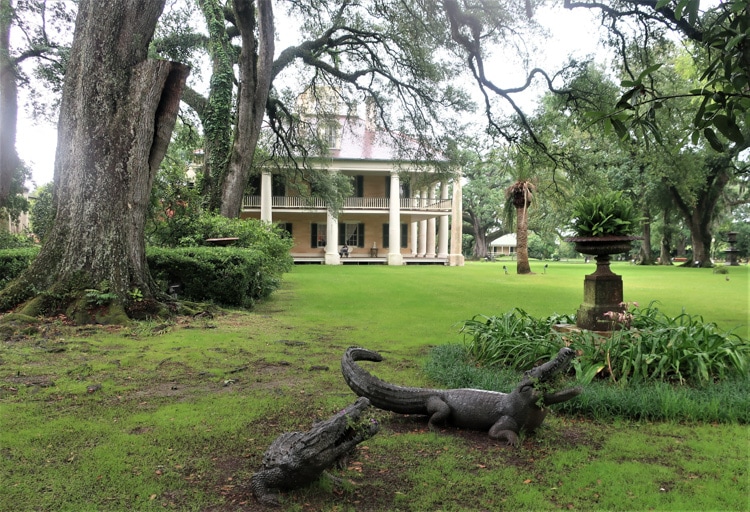
The plantation was established in the late 1700s on land inhabited by Houma Native Americans. The main French Colonial-style house built about 1775, served as the focal point of what became a very successful sugar cane operation. An oak tree alley leads the eye to the front of the graceful house, and resident geese and ducks act as noisy sentries.
The tour of the lovingly restored antebellum mansion recalls those heady days, and rare period furnishings, art and artifacts reflect the home’s former opulence.
Then there are the gardens. The 38 acres of colorful native and exotic plantings serve as a backdrop to a museum-quality collection of sculptures.
This treasure is but one gem among many that await discovery, and enjoyment, during a Mississippi River voyage with American Cruise Lines.
The challenge facing travelers selecting an American Cruise Lines trip is selecting from the long list of destinations, ships and experiences. In addition to the Mississippi, they sail along rivers and other bodies of water in the Pacific Northwest, Alaska, Southeast, New England and elsewhere.
